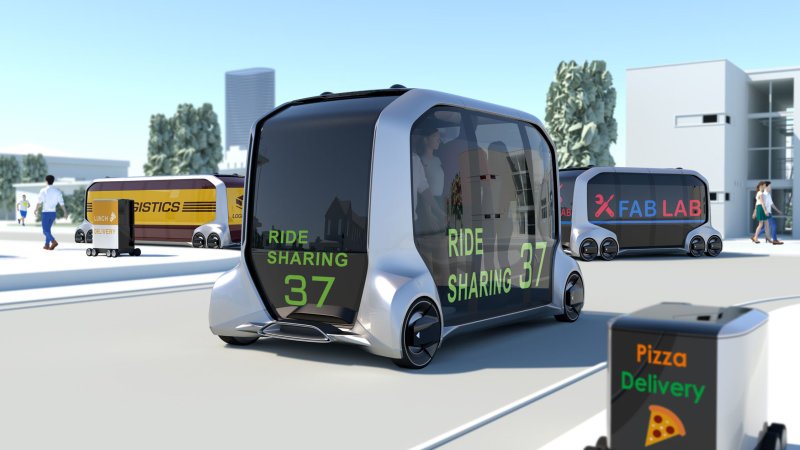Toyota design chief sees a future without mass-market cars

Simon Humphries, responsible for design at the automaker's Toyota and Lexus brands, said that fleets of electric, self-driving shuttle bus-like vehicles could one day eliminate the need for people to drive themselves around on a daily basis.
This could one day make cars like its popular Camry and Corolla models obsolete.
"On one side we're going to see this optimized (transport) system, but on the other side you're going to see a pure race car," Humphries, who last month became general manager of Toyota's advanced R&D and engineering company, told reporters in Nagoya.
"There will be an emotional solution, and a practical solution. So maybe the story is that the middle ground is increasingly going to disappear."
Toyota, one of the world's largest automakers which for years has focused on building reliable cars, is now also looking beyond personal-use vehicles to survive in an industry being transformed by the onslaught of electrification, automation and other new technologies.
As automakers compete to come up with new, profitable transport services, Toyota last month showed a self-driving electric concept vehicle which can be used as buses, mobile shops or moving offices.
Toyota plans to test these next-generation vehicles in the early 2020s.
The ability for cars to drive themselves in the future, along with the development of electric cars, will be a game-changer for vehicle design, Humphries said, as it will eliminate the need for steering wheels, engines, petrol tanks and other traditional parts, enabling more flexibility to design vehicles that are more fit-for-purpose.
"At the moment, everything in a car from a design point of view is based on a 100-year-old package — engine in the front, and a driver holding a steering wheel behind," he said.
"When you don't have to hold a steering wheel, the world is your oyster."
Nouvelles connexes


